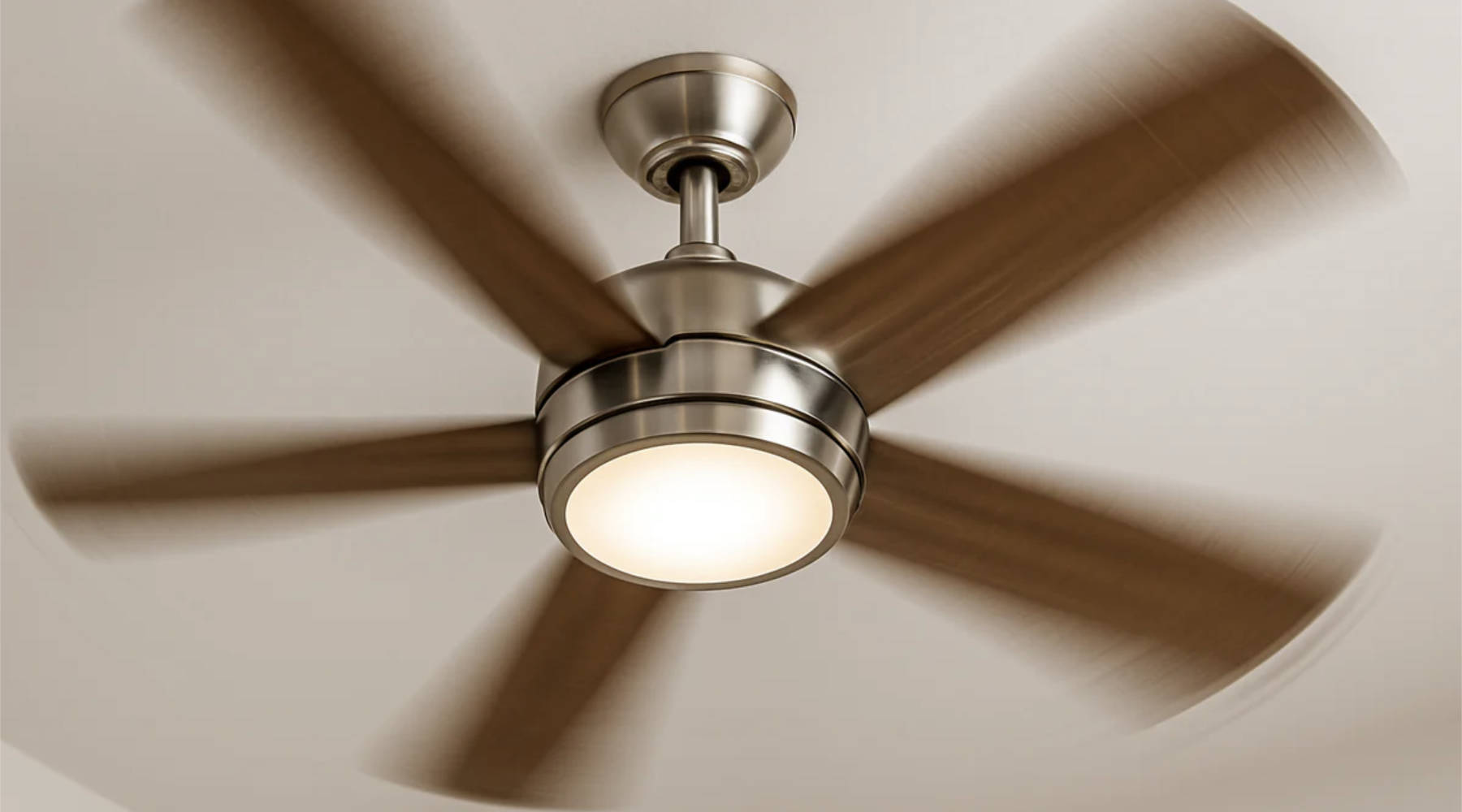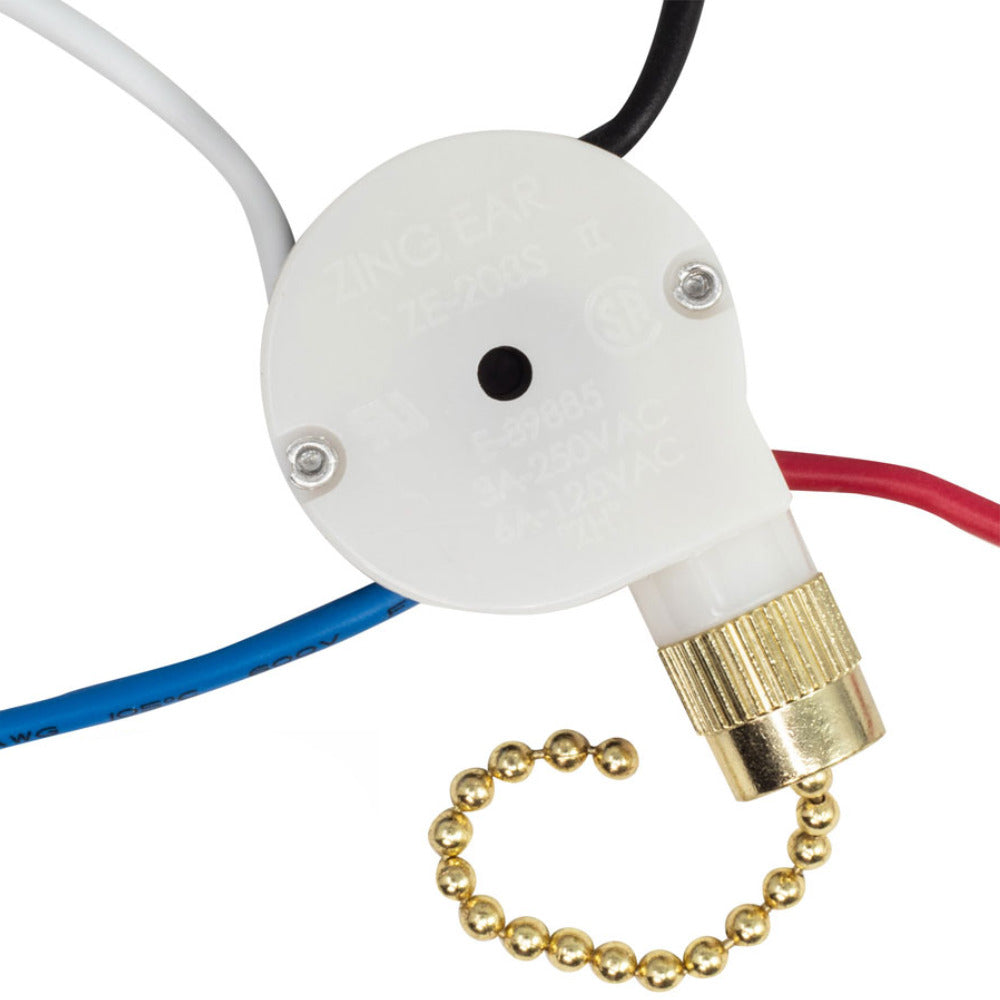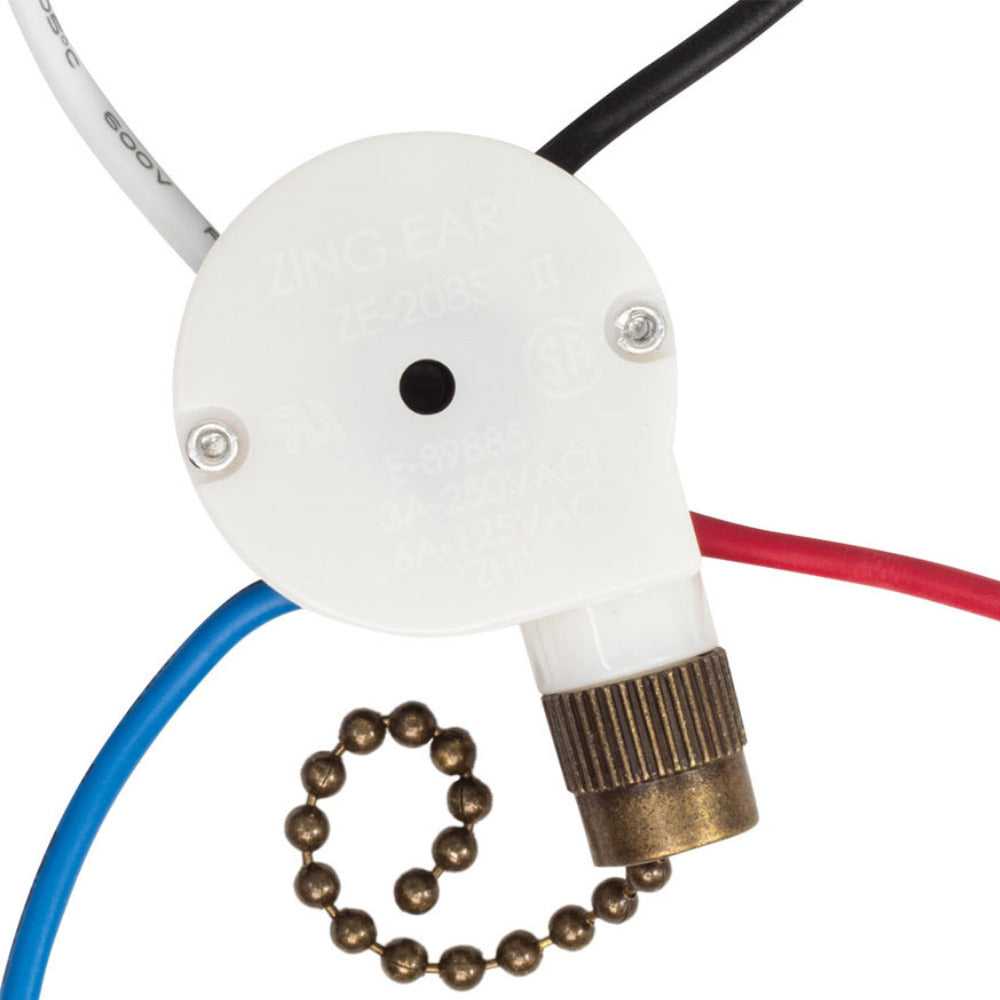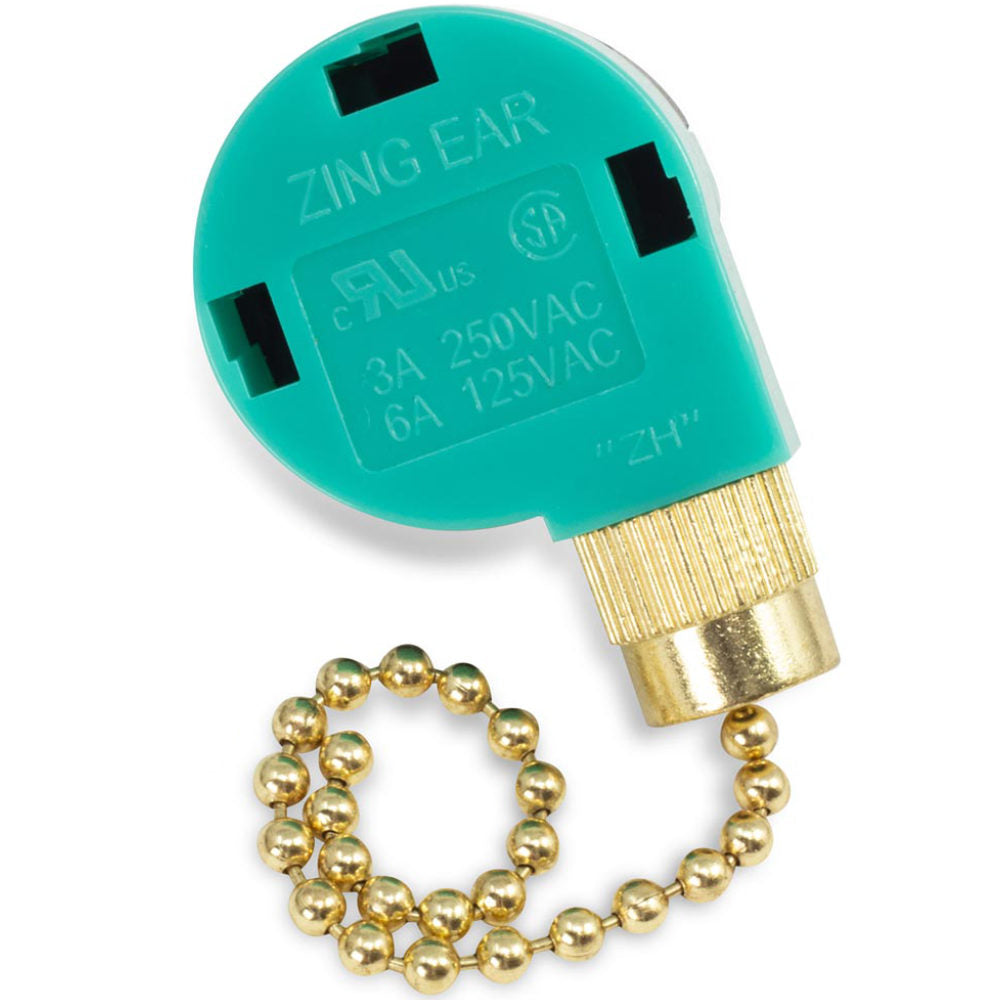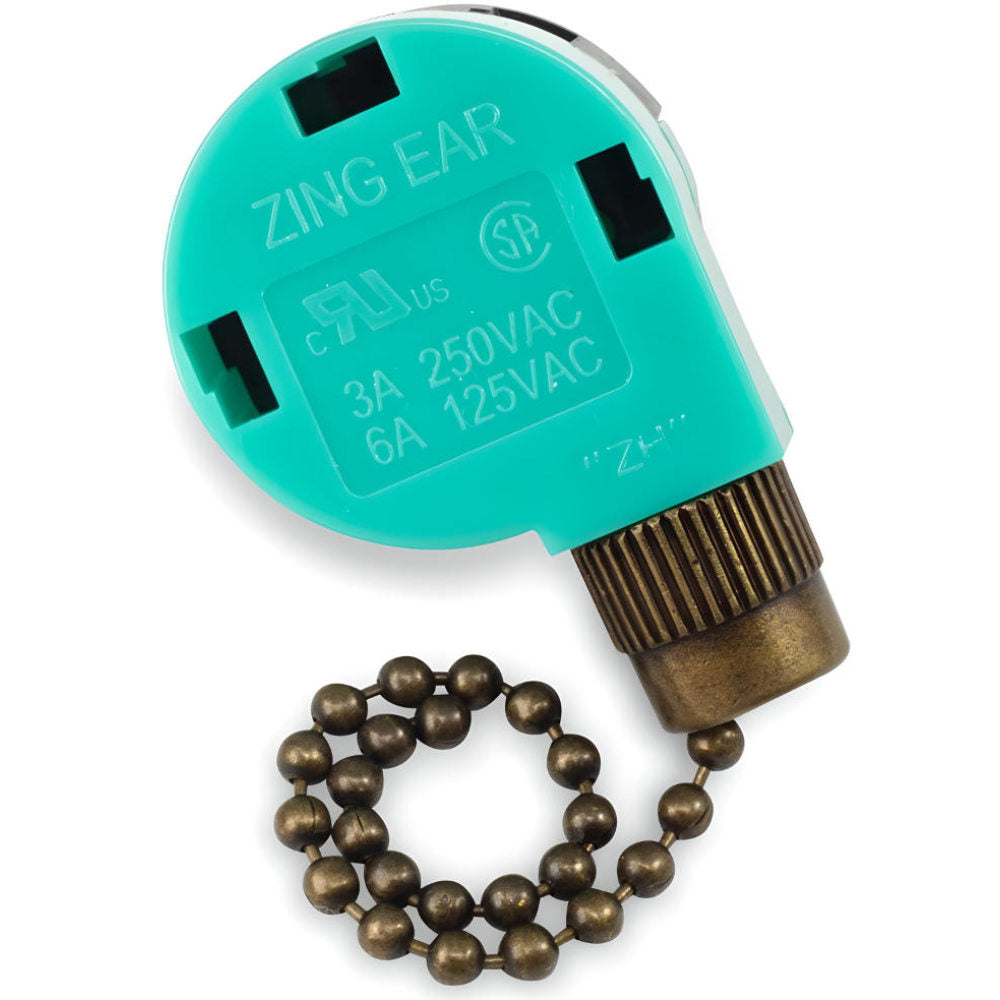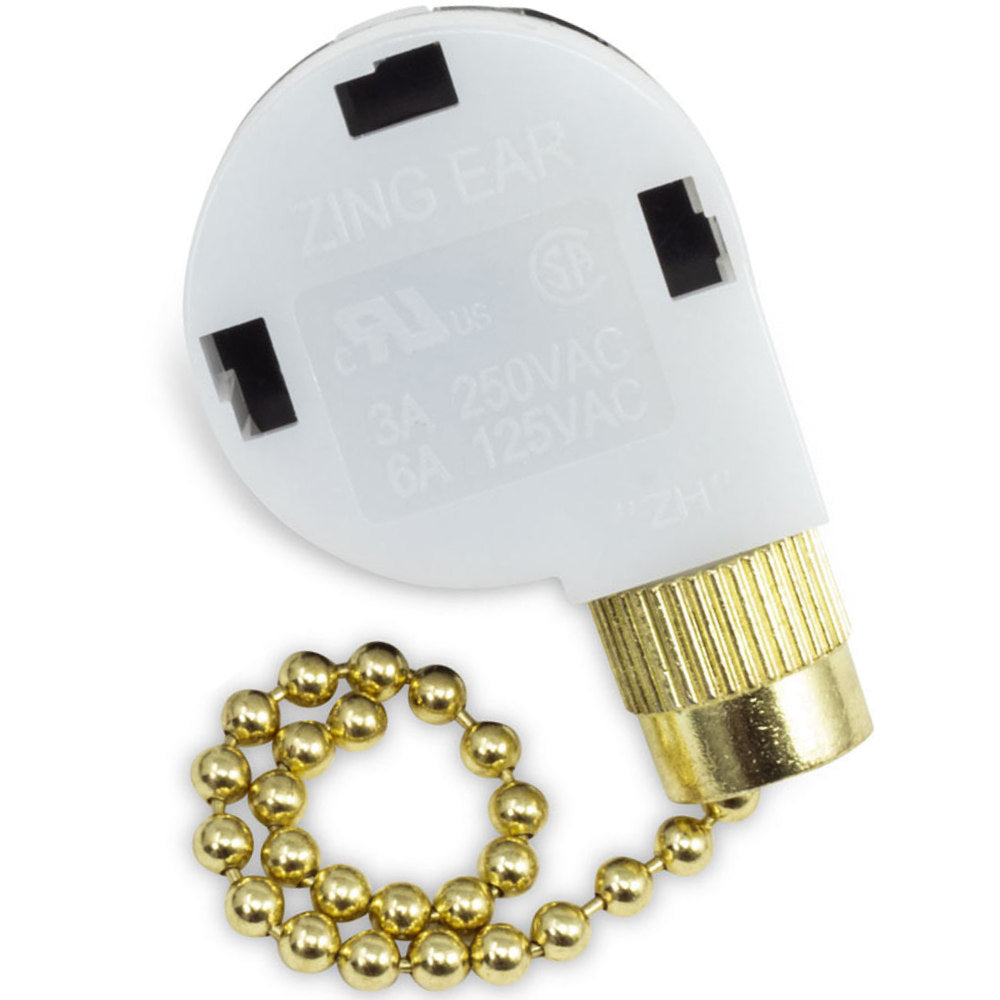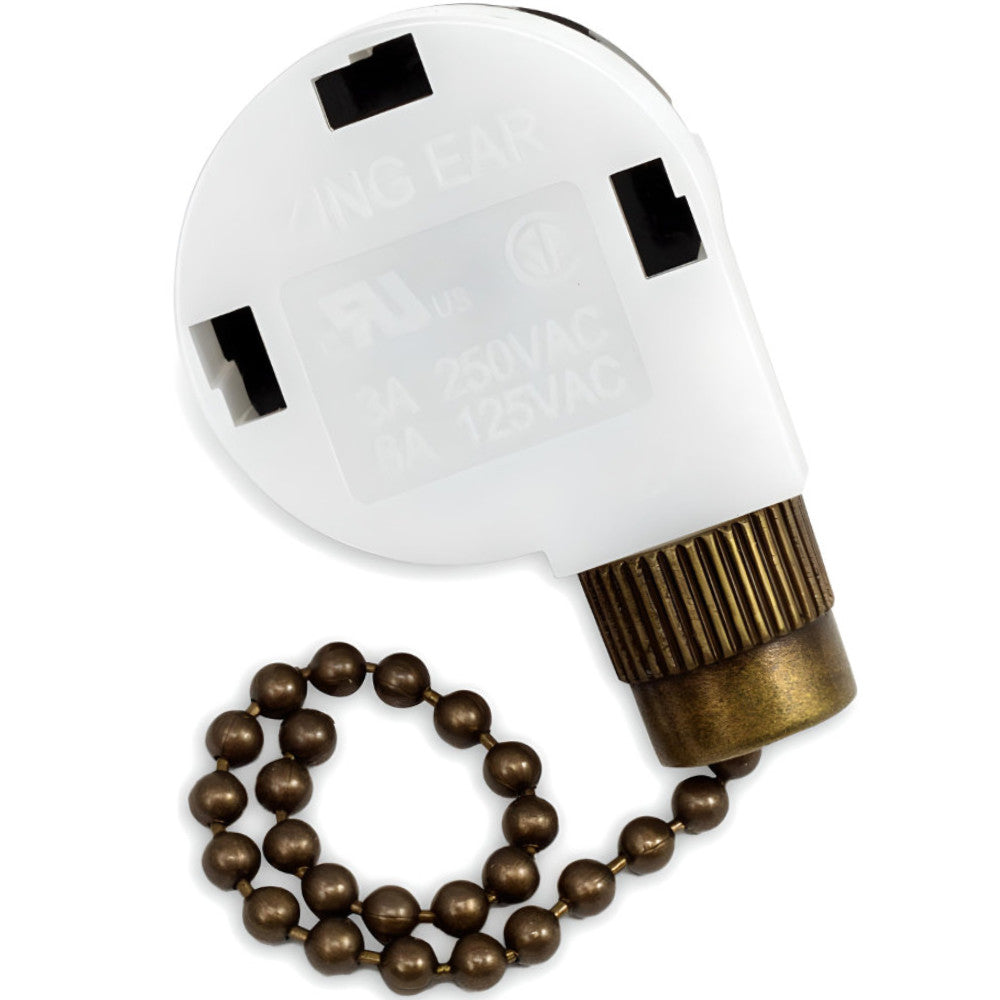Is your fan humming, stuck on one speed, or turning slowly? This practical guide shows how a ceiling fan capacitor solves it—fast.
- What a Ceiling Fan Capacitor Does
- Clear Signs Your Capacitor Is Failing
- Why a Capacitor Replacement Makes Sense
- Beyond Ceiling Fans: Other Common Uses
- How to Choose the Right Capacitor
- What Real‑World Installs Show (Insights)
- Quick FAQ
What a Ceiling Fan Capacitor Does
A ceiling fan capacitor regulates power to the motor, providing startup torque and controlling speeds (low, medium, high). When it weakens or fails, the fan may not start, runs slowly, or only works on one speed.
Clear Signs Your Capacitor Is Failing
- Light works, fan won’t spin: Motor hums but blades don’t move.
- Only one or two speeds work: A 3‑speed fan runs on high but not low/medium or runs on one speed.
- Fan turns unusually slow: Poor airflow even on the highest setting.
- Buzzing or overheating: Motor strains to start or change speed.
Symptom → Likely Cause → Quick Check
| Symptom | Likely Cause | What to Check First |
|---|---|---|
| Fan won’t start but light works | Failed fan motor capacitor | Match µF, voltage, and wire count on the CBB61 capacitor |
| Only high speed works | Weak ceiling fan capacitor | Replace with same µF set (e.g., 4µF/5µF/6µF) |
| Fan runs slow on all speeds | Capacitor out of tolerance | Verify µF value and voltage rating ≥ original |
Why a Capacitor Replacement Makes Sense
- Fast, affordable fix: Often restores full performance for a fraction of a new fan.
- DIY‑friendly: Many ceiling fan capacitor replacement jobs take minutes with color‑coded wiring.
- Eco‑smart: Repair instead of replace—less waste, less hassle.
If your fan is stuck on one speed or won’t start, a new ceiling fan capacitor (commonly the CBB61 capacitor) is usually the solution.
Real‑World Moments You’ll Need One
- Slow‑turning fan: Airflow dropped this season—capacitor is likely drifting out of spec.
- Lost medium/low speeds: High works, others don’t—classic signs of a weak speed circuit.
- Fan hums but blades stall: Startup torque from the capacitor is missing.
- After a surge or storm: Spikes can damage the capacitor before anything else.
Beyond Ceiling Fans: Other Common Uses
While designed for fans, many models are also used in floor fans, bench grinders, pool and water pumps, bread makers, ventilation/radon fans, and electric fireplaces. That’s why browsing by wire count (2‑wire, 3‑wire, 4‑wire, 5‑wire) and µF value is helpful.
How to Choose the Right Capacitor
- Match capacitance (µF): Use the same values printed on your old unit (e.g., 4µF/5µF/6µF set).
- Voltage rating: Equal to or higher than original (e.g., 250VAC, 450VAC).
- Wire count & layout: 2, 3, 4, or 5 wires; match the configuration your fan uses.
- Form factor: Confirm the case size fits the housing.
- Type: AC motor run capacitor (commonly labeled CBB61 for fans).
Safety first: Power off at the breaker and discharge the old capacitor before handling.
Compatible Brands & Models
Capacitors in our range are compatible with leading brands such as Hunter, Hampton Bay, Harbor Breeze, Casablanca, Emerson, Minka Aire, Monte Carlo, Craftmade and more. Always verify µF values, voltage, and wire count before ordering.
Quick FAQ
Can I use a different µF value?
Stick to the same µF values printed on your original unit. A mismatch can cause poor performance or motor stress.
Can the voltage rating be higher?
Yes—equal or higher voltage is fine. Never go lower than the original rating.
What’s the difference between 2‑wire and 5‑wire?
Wire count matches how your fan’s speed circuits are split. Multi‑speed fans often use multi‑value (e.g., 4/5/6µF) multi‑wire capacitors.
The light works but the fan doesn’t—why?
The light is on a separate circuit. If the motor hums or won’t start, the ceiling fan capacitor is a prime suspect.

